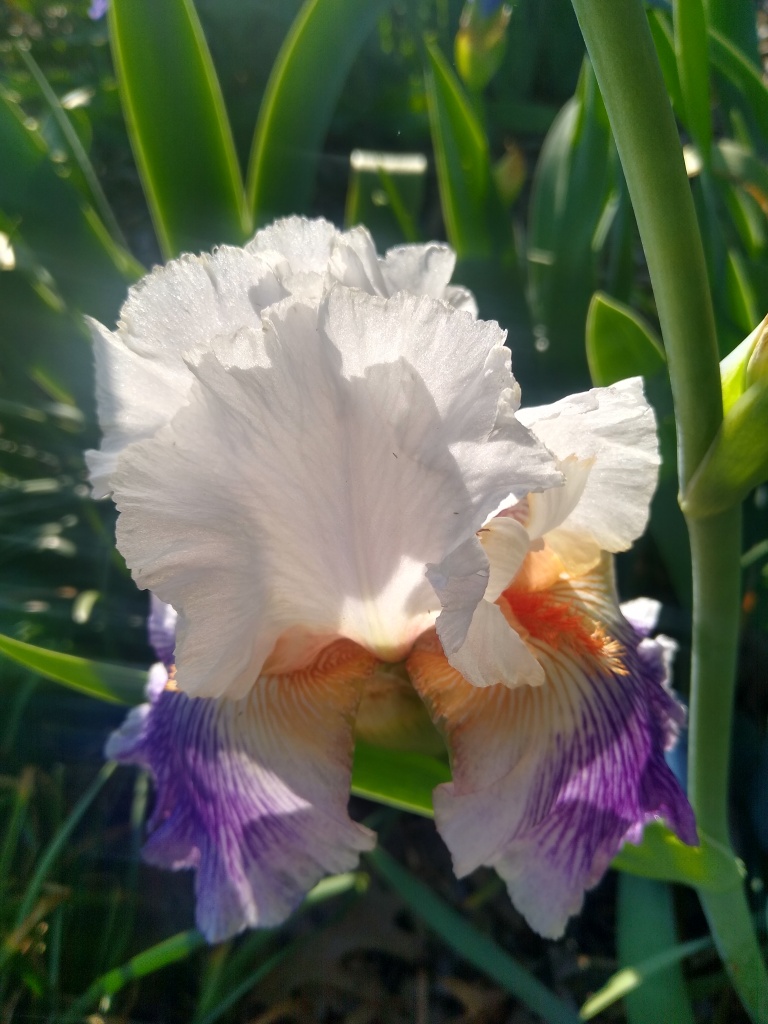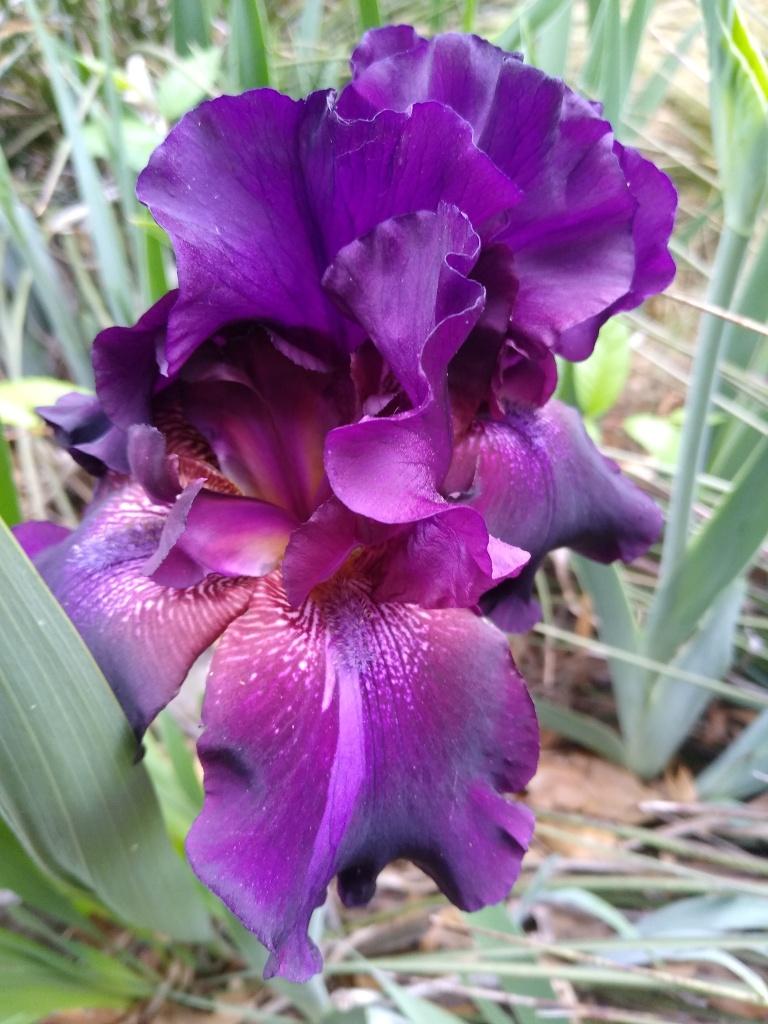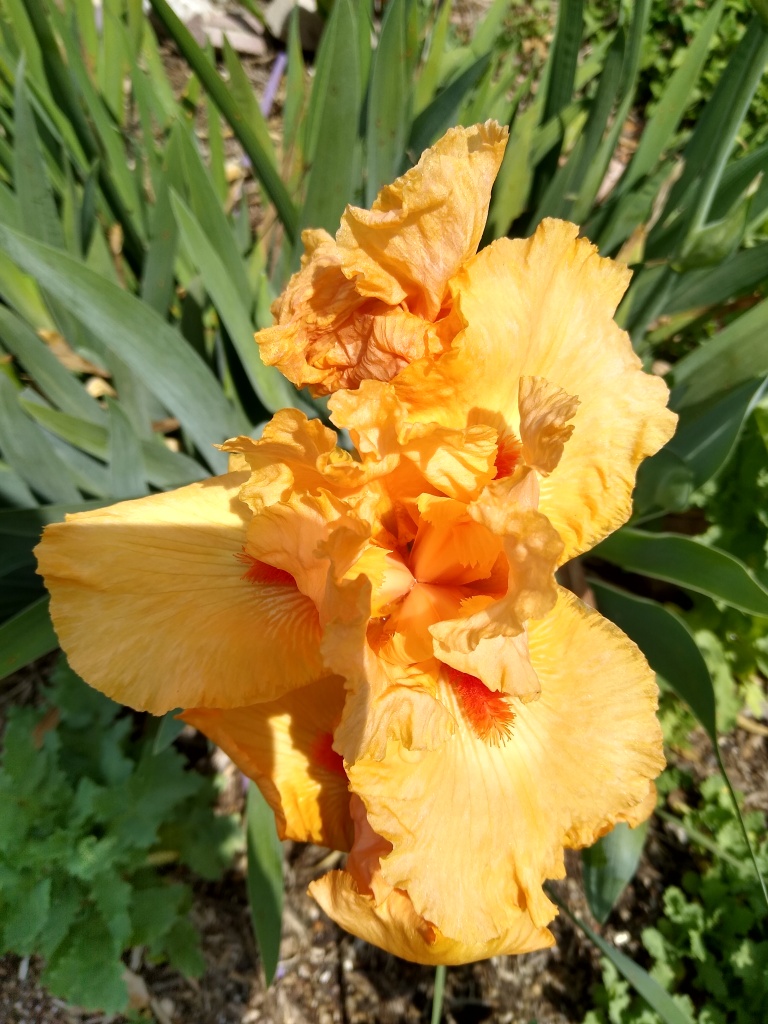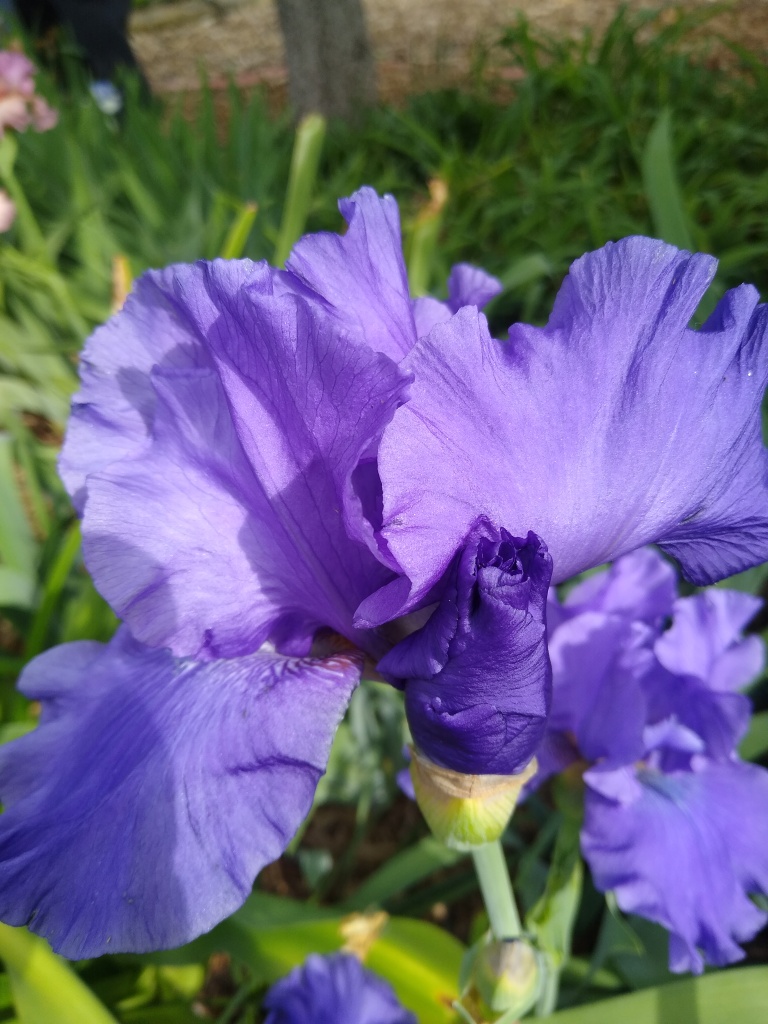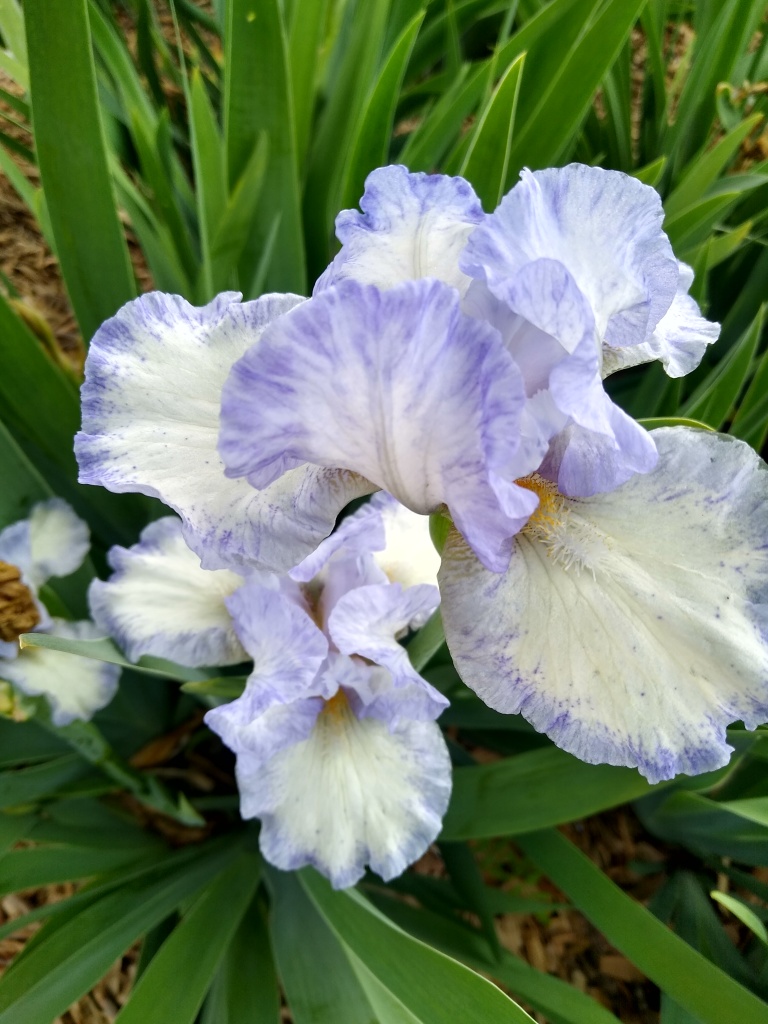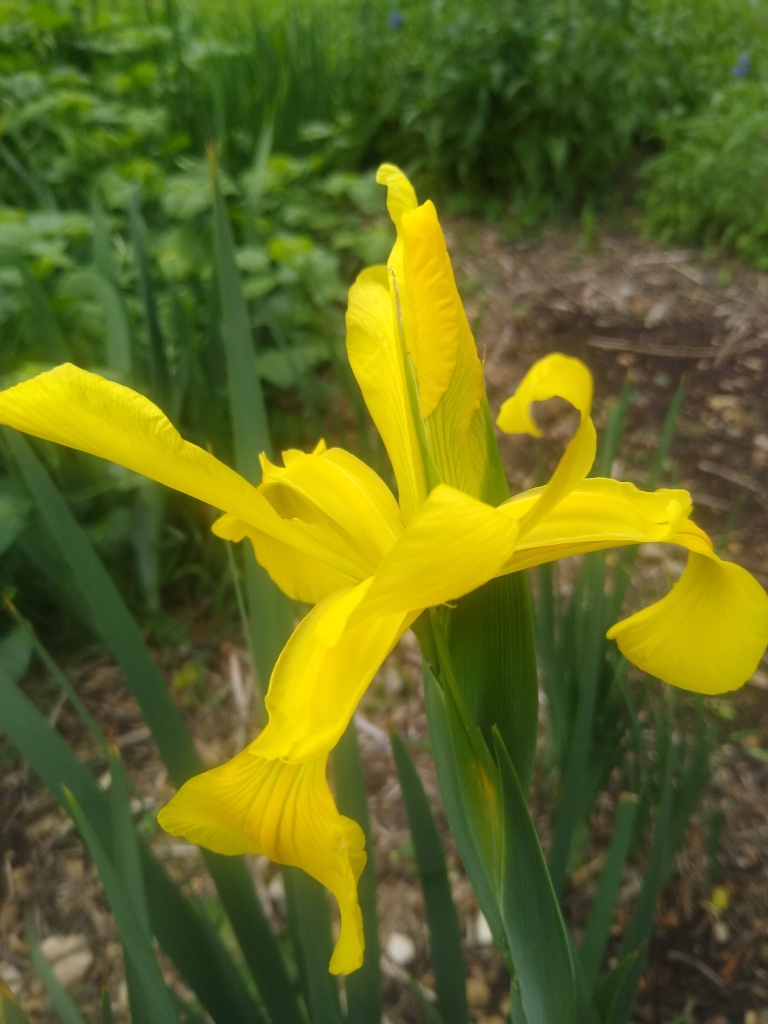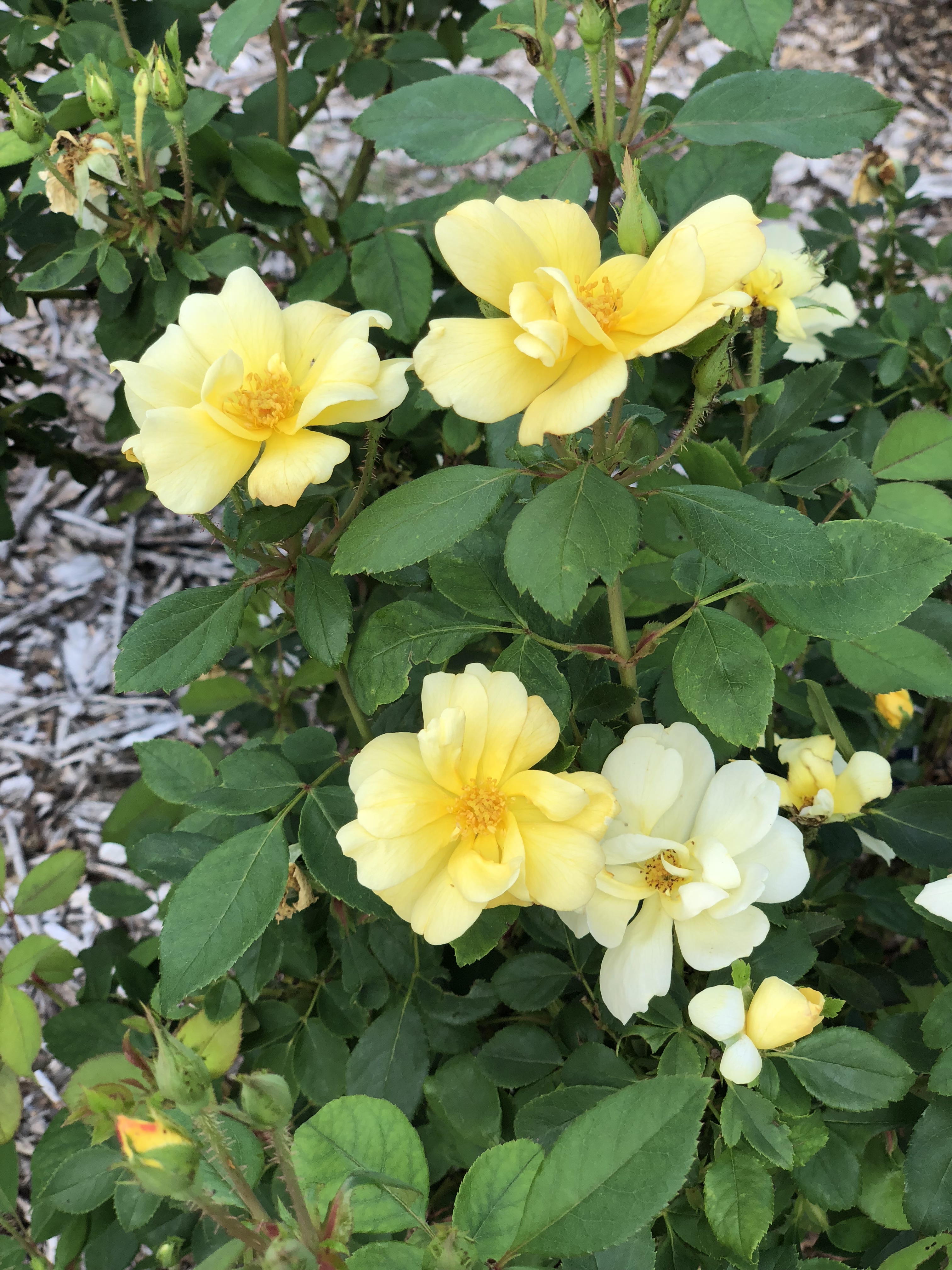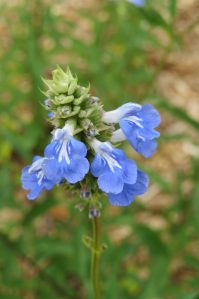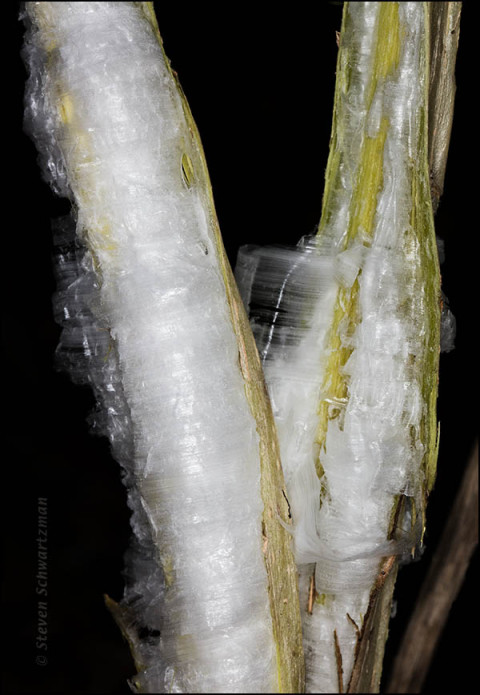
It was the sweet, anise like fragrance of Mexican Mint Marigold that drew me into the garden on the morning of October 18th. Brushing up against the plants, I yielded to the temptation and immediately tasted one of the delicate yellow blossoms surrounded by slender green leaves. My garden journey was just beginning.
Landscapes bursting with brilliant color, leaves gently tumbling down from trees and pumpkins spilling out from the porch and into the yard welcome fall in all its glory. I find myself truly enchanted, wanting the experience to linger beyond this moment in time.
Spending one blissful day after another outdoors renews my spirit and encourages me to immerse myself fully in the shimmering days of October and November. I’m immediately drawn to the garden where beauty abounds throughout. Join me on a creative journey of discovery among the flowers and foliage of the season.
Bringing the natural world indoors reminds me, once again, that Autumn’s gifts never fail to bring happiness to my home. From soft whispers of golds and ochre to vibrant shades of burgundy and orange, fall arrangements lend themselves to a more simplistic style. Gathering your treasures is almost as joyful as placing them in a cherished vase. Let nature speak to you in a soft, sweet seasonal whisper. Savor every precious sight, smell and color of this magical season.
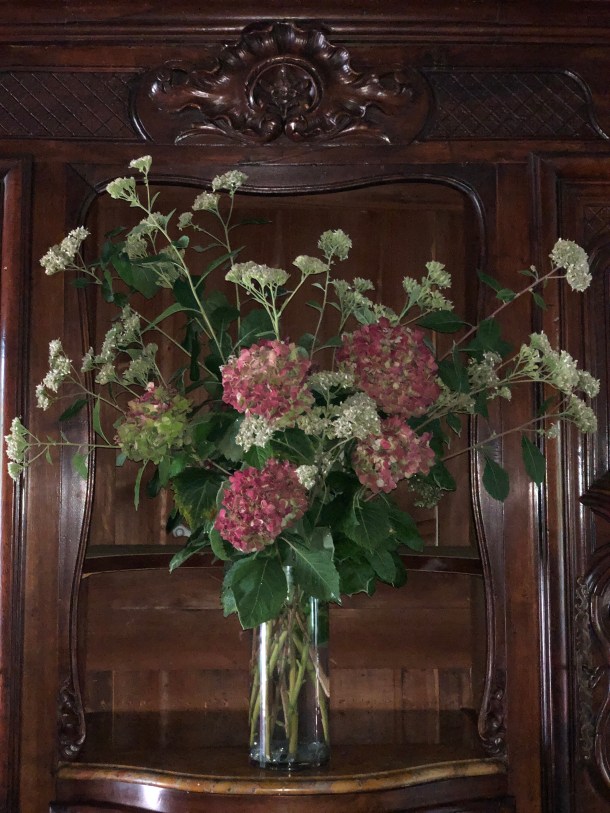
My first experience with frostweed was in 2008 as an intern in the Dallas County Master Gardener Association. It was a “give away” during one of our classes. For the past twelve years it has continued to grow in my garden.
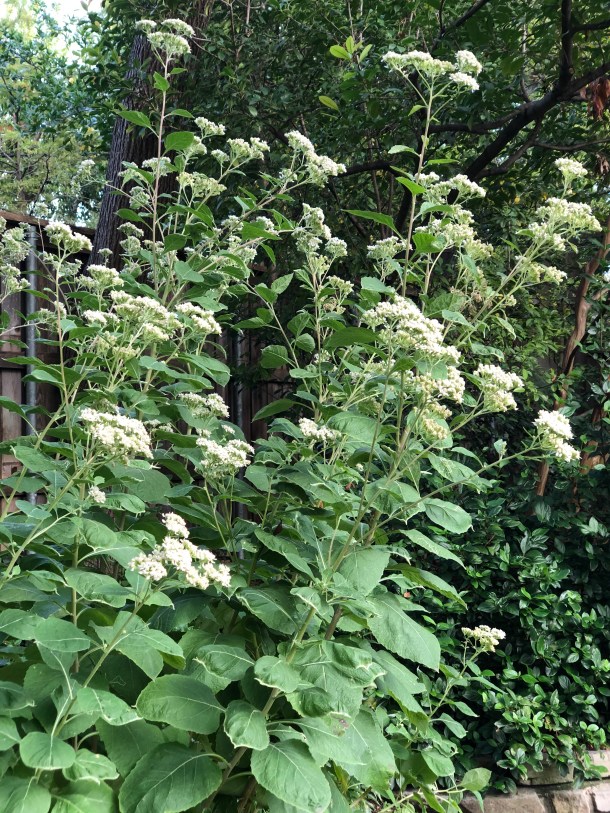
Frostweed growing in the garden
Grow It, Use It – Frostweed is a lovely perennial plant native to Texas and many other states. It is a member of the Sunflower Family. Frostweed grows from 3’-6’ and is covered with white disc-like blooms from late August until November. It is an exceptional nectar source for butterflies like Monarchs and Great Purple Hairstreaks. It grows well in dappled shade.

During the month of October Red Rubin Basil delivers a vibrant splash of deep purple in the garden. Paired with purple-veined kale leaves in a mustard colored French olive pot, the only elements needed to complete the picture are two glasses of robust Pinot Noir and freshly cut Black Mission Figs. Cheers!
Grow It, Use It-Plant Red Rubin Basil in April and watch the colors intensify as the months pass. A location with morning to mid-day sun followed by dappled shade in the afternoon will reward you with that spectacular fall foliage. Bees and butterflies will visit the spiky blossoms until the first frost ends its growing season.

A simple bouquet of Mexican Mint Marigold surrounded by the bold, deep red and purplish savoy leaves of Red Giant Mustard pair perfectly in an unassuming pedestal vase.
Grow It, Use It – Mexican Mint Marigold can be planted in the garden after the danger of frost has passed. It tolerates many different soil types but must have good drainage. Plant it in a location that receives early morning to mid-day sun. The distinctive anise flavored leaves can be harvested throughout its growing season from spring through frost. The real show-stopper attraction begins around late September when bright yellow, marigold-like flowers attract migrating butterflies and other pollinators. Mexican Mint Marigold is a perennial that usually freezes to the ground in winter but reappears in spring.
Red Giant Mustard gets two bonus points; it has good cold tolerance and is more insect resistant than other varieties. Start outdoors in late September and continue growing until late spring. Plant in partial shade. Enjoy its beauty as a dramatic landscape plant but harvest the spicy mustard flavored leaves for eating.

When the glossy dark-green leaves of Japanese Aralia began to lose their color, consider using them in unexpected and unusual ways. As the browning tips gently began to curl and turn upwards, create a sense of drama by giving each uniquely faded leaf its place within the arrangement.

Aralia and Dried Hydrangeas

Aralia growing under an arbor
Grow It, Use It – Japanese aralia is grown around the world as a cultivated plant. Enjoy adding a tropical feel to your landscape by using it as an understory plant beneath trees or large shrubs. Plant it in rich, moist soil that drains well. Aralias prefer part sun to shade and will typically grow to around 8 feet. Try to avoid afternoon sun which may scorch the leaves. Flower stalks with creamy flowers followed by black berries appear in late fall or winter.

Freshly squeezed rosy grapefruit juice is your invitation to come for a perfectly planned fall brunch in the garden. Cascading branches of ‘Rose Creek’ abelia create a relaxing and peaceful environment where you are embraced by nature. Dreamy blush colored blossoms found in this simply elegant tabletop setting create a calming effect.

Abelia ‘Rose Creek’ at Raincatcher’s Garden
Grow It, Use It – Monrovia best describes this variety of abelia as having showy clusters of small, fragrant, white flowers that emerge from rosy pink sepals in summer. It is best planted in rich, well-draining soil in a location that receives full sun.
Come visit our blog again Wednesday morning to see the remaining photos plus a spectacular ‘Grand Finale’ arrangement. We encourage you to stroll through Raincatcher’s anytime this week to experience the full seasonal beauty of our garden.
Linda Alexander

